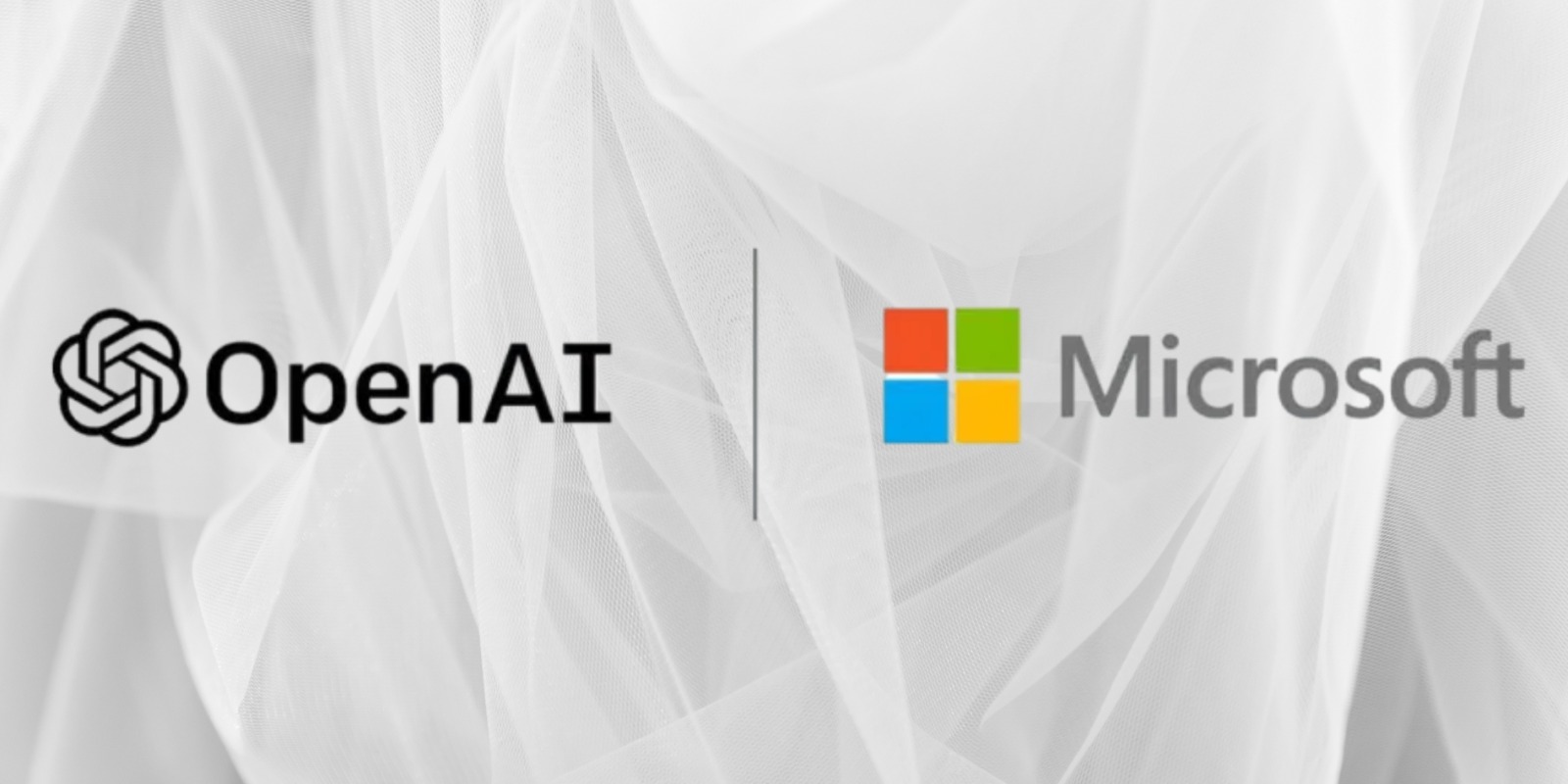Table of Contents
In recent years, OpenAI (the company behind ChatGPT) and Microsoft have worked closely together to shape the future of artificial intelligence. Microsoft invested billions in OpenAI, integrated its models into products like Word, Excel, and Teams, and helped run the powerful computing systems OpenAI requires.
However, reports now suggest that this partnership may be facing some challenges.
What’s going on? Why does it matter? And what could this mean for AI users and businesses like yours? Let’s break it down simply and easily.
The Background of the OpenAI-Microsoft Partnership
Microsoft and OpenAI joined hands with one big goal: to make artificial intelligence useful and widely available.
- Microsoft invested over $10 billion in OpenAI.
- In return, it got exclusive access to OpenAI’s tech, like GPT-4.
- Microsoft built special AI tools like Copilot in Office apps, powered by OpenAI.
- They also used Microsoft’s cloud system, Azure, to run powerful AI models.
At first, this relationship seemed perfect. OpenAI made the brains. Microsoft gave the muscle.
What’s Changing Now?
Recent news says that things aren’t as smooth anymore. Here’s what could be causing stress:
1. Competition Between Friends
OpenAI has started offering its AI tools directly to users and developers, just like Microsoft does. Some believe OpenAI is now competing with Microsoft in areas like cloud services and AI tools.
2. Differences in Vision
Microsoft is a huge corporation, focused on enterprise customers and stable growth. OpenAI is still partly a nonprofit and wants to push the boundaries of what AI can do—fast. Their goals and timelines may not always match.
3. Too Much Dependence
OpenAI depends heavily on Microsoft for servers, storage, and distribution. Some insiders believe OpenAI may want to reduce this dependence to have more control over its future.
Why This Matters to Everyday Users and Businesses
If you use AI tools like ChatGPT, Microsoft Copilot, or Azure AI, this shift could affect you.
- New products might take longer to launch if the partnership slows down.
- Businesses using AI through Microsoft could see pricing or service changes.
- Developers may get more tools directly from OpenAI, changing how they build apps.
But for now, nothing major has changed for users. Both companies are still working together. They’re just figuring out how to move forward in a way that works for both.
What Could Happen Next?
Here are three possible paths this partnership might take:
- They Strengthen the Bond: Microsoft and OpenAI might talk things through and find a better balance between independence and collaboration.
- More Independence: OpenAI may slowly build its cloud or work with other providers to reduce reliance on Microsoft.
- Friendly Rivals: They could stay partners but also become healthy competitors in some areas.
Whatever happens, it’s clear that AI is evolving fast, and the way big companies work together will shape what tools you’ll use in the future.
Conclusion: AI Is Still a Team Sport
The story of OpenAI and Microsoft reminds us that building powerful AI is a team effort. These tools don’t appear overnight. They’re built by partnerships, investments, and a shared vision.
Yes, things may change. But that’s part of how tech grows. As long as companies keep listening to users and working responsibly, the future of AI is still bright.
So, whether you’re writing emails in Word with Copilot or asking ChatGPT for help planning your day, these tools aren’t going anywhere. They’re just growing up fast.
